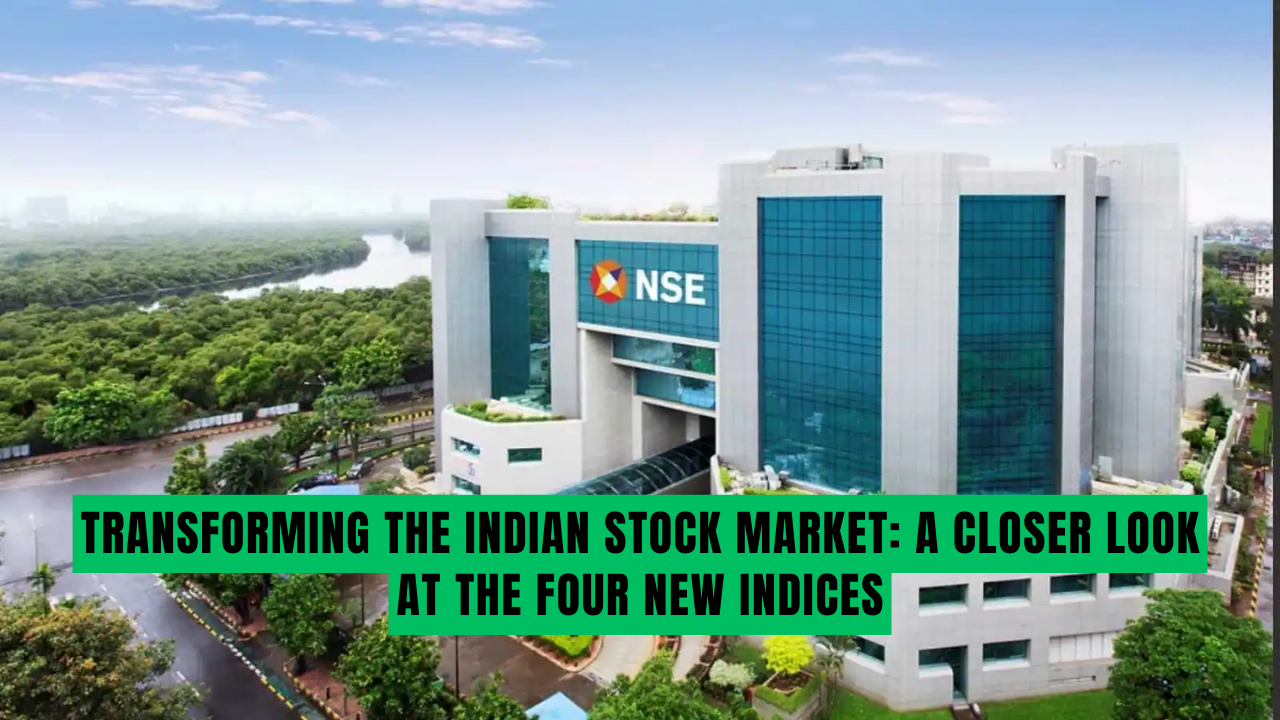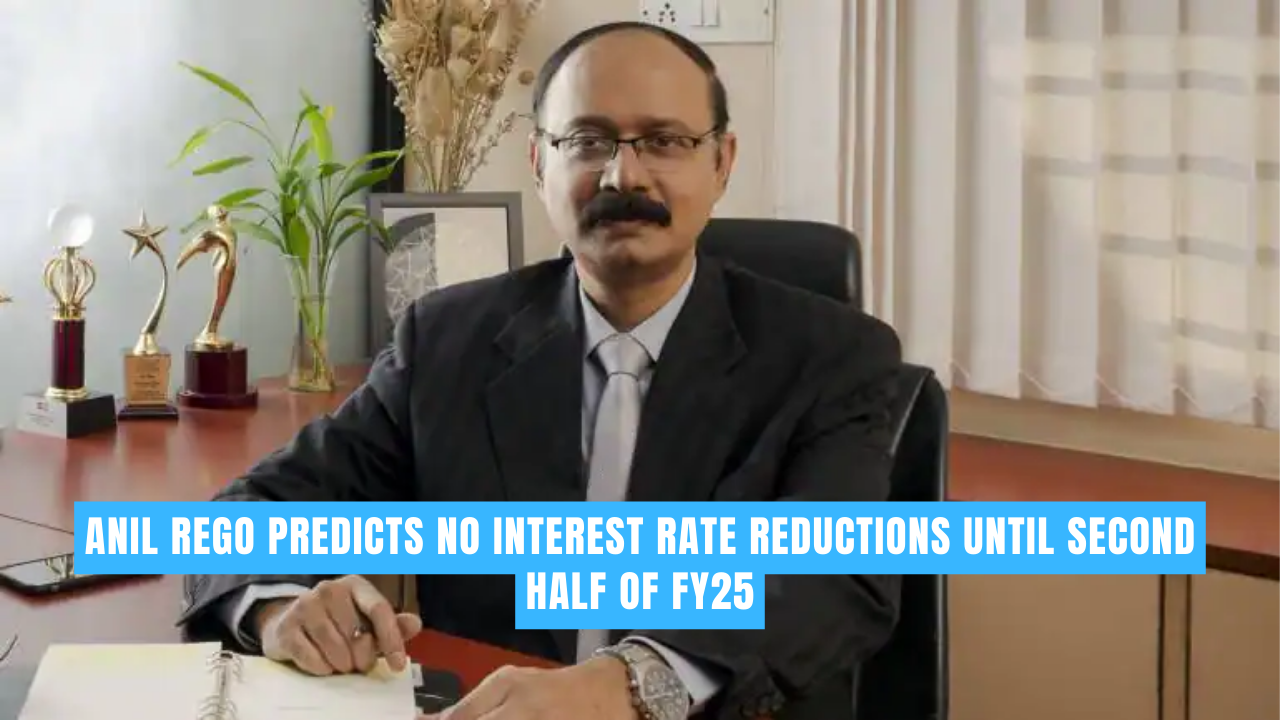Swiggy, India’s leading food delivery platform, has made a significant move by converting itself into a public limited company ahead of its highly anticipated initial public offering (IPO). This transition marks a crucial milestone in Swiggy’s journey and is poised to have far-reaching implications for the company and its stakeholders.
What is Swiggy’s Transition to a Public Limited Company?
In the business world, a public limited company (PLC) is a type of company whose shares are traded on a stock exchange. This transition means that Swiggy’s ownership structure will now be open to public investment, allowing individuals and institutional investors to buy and sell shares of the company.
The decision to become a PLC comes as Swiggy seeks to raise capital to fuel its growth ambitions and expand its market presence. By going public, Swiggy aims to tap into the vast pool of capital available in the public markets, enabling it to fund its expansion plans and invest in technology and infrastructure.
Benefits of Becoming a Public Limited Company
Becoming a PLC offers several advantages for Swiggy and its stakeholders. Firstly, it provides access to a larger pool of capital, allowing Swiggy to raise funds through the issuance of shares. This additional capital can be used to fuel expansion, invest in research and development, and pursue strategic acquisitions.
Moreover, being a PLC imposes stricter corporate governance standards on Swiggy, enhancing transparency and accountability. This can help build trust with investors and stakeholders, ultimately bolstering Swiggy’s reputation and brand credibility.
Additionally, being a publicly listed company can significantly enhance Swiggy’s visibility and awareness among consumers, partners, and potential employees. This increased exposure can further strengthen Swiggy’s market position and attract top talent to fuel its growth initiatives.
Challenges and Risks
However, the transition to a PLC also brings its own set of challenges and risks. One of the primary challenges is the increased regulatory compliance requirements associated with being a publicly listed company. Swiggy will need to adhere to stringent reporting and disclosure standards, which can be time-consuming and costly.
Furthermore, as a PLC, Swiggy will face pressure from investors to deliver strong quarterly results and meet market expectations. This focus on short-term performance could potentially divert management’s attention away from long-term strategic priorities.
Moreover, the issuance of new shares to raise capital in the public markets may lead to dilution of ownership for existing shareholders, including founders and early investors. This could impact their control over the company and potentially dilute their stake in Swiggy’s future success.
Impact on Swiggy’s IPO
Swiggy’s transition to a public limited company comes at a time when the company is reportedly gearing up for its much-anticipated IPO. The move is expected to generate significant investor interest and could potentially result in a high valuation for the company.
Analysts are closely watching Swiggy’s IPO plans, with expectations running high due to the company’s dominant position in the food delivery market and its strong growth trajectory. Swiggy’s IPO could serve as a bellwether for the broader tech startup ecosystem in India and may pave the way for other high-profile listings in the future.
Quick Review:
Q1.What is a public limited company (PLC)?
Ans. A public limited company is a type of company whose shares are traded on a stock exchange, allowing for public investment.
Q2.Why did Swiggy decide to become a public limited company?
Ans. Swiggy opted to become a PLC to raise capital, enhance corporate governance, and increase brand visibility ahead of its IPO.
Q3.What are the benefits of Swiggy becoming a publicly listed company?
Ans. Benefits include access to capital, improved corporate governance, and enhanced brand visibility among consumers and investors.

